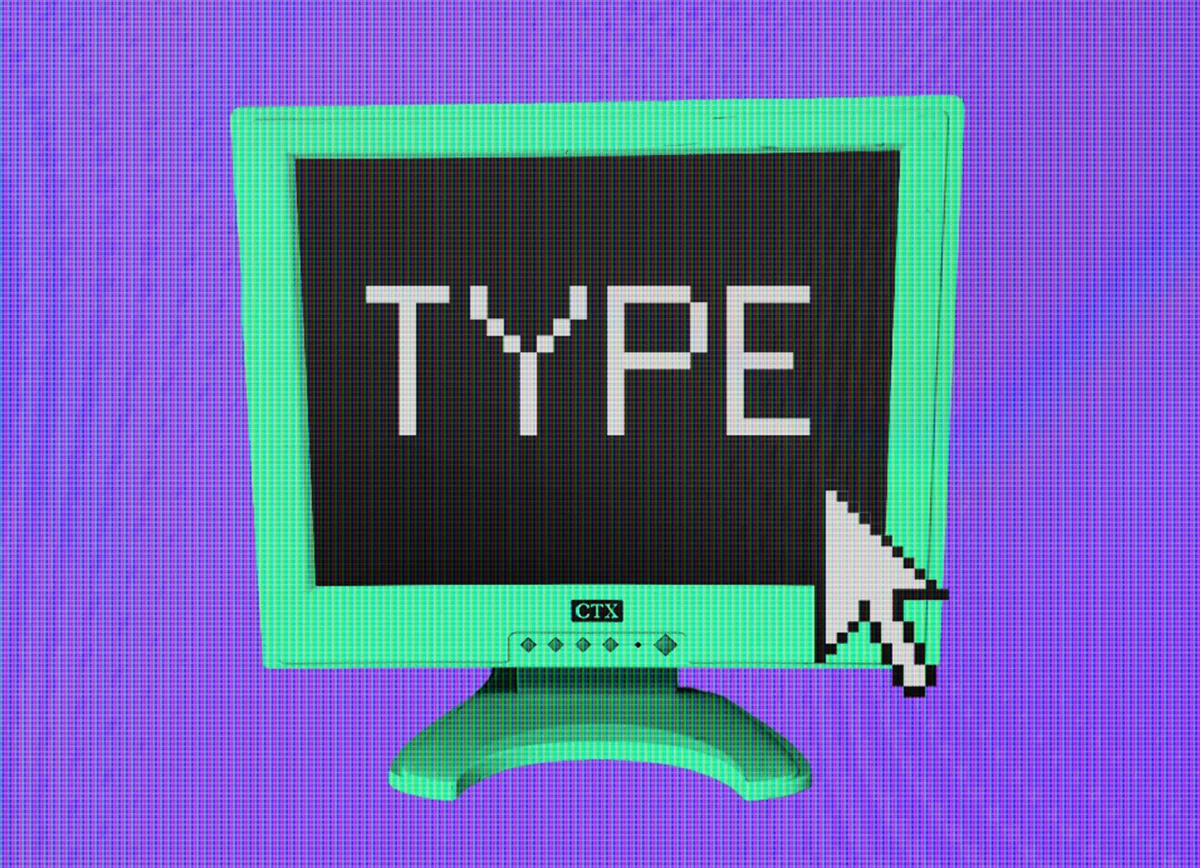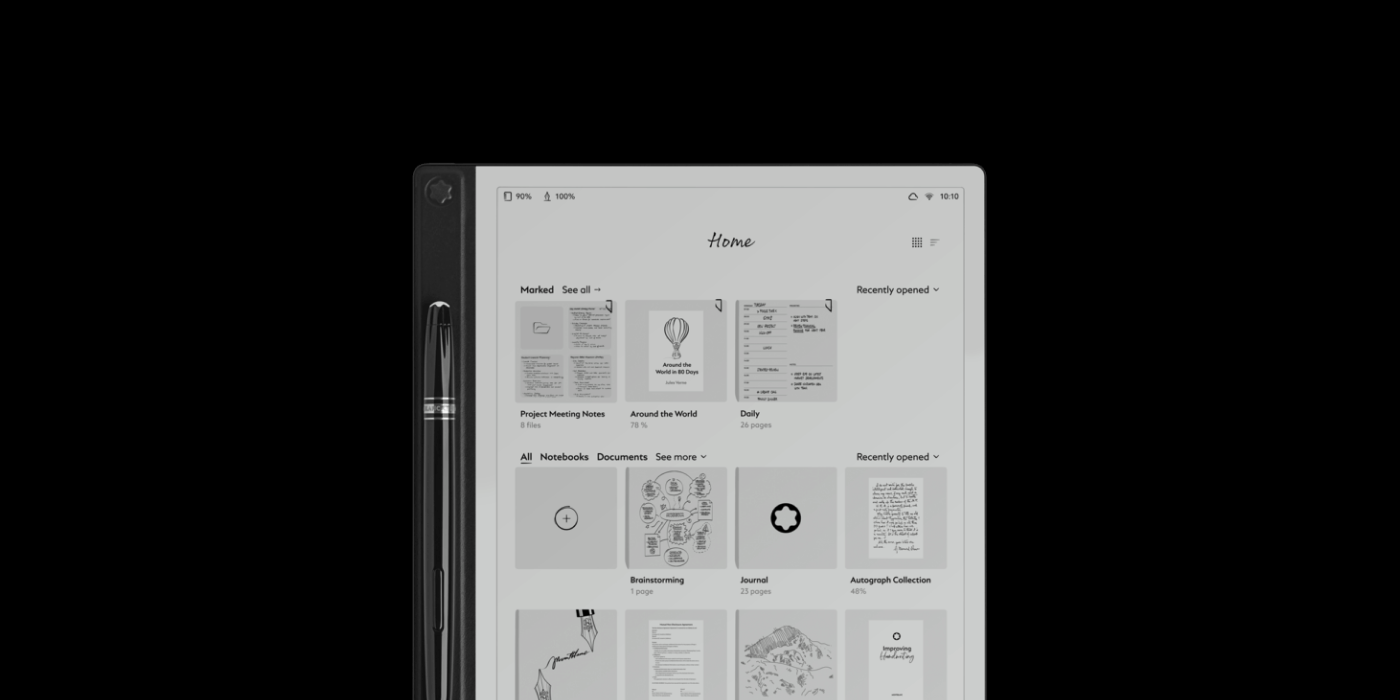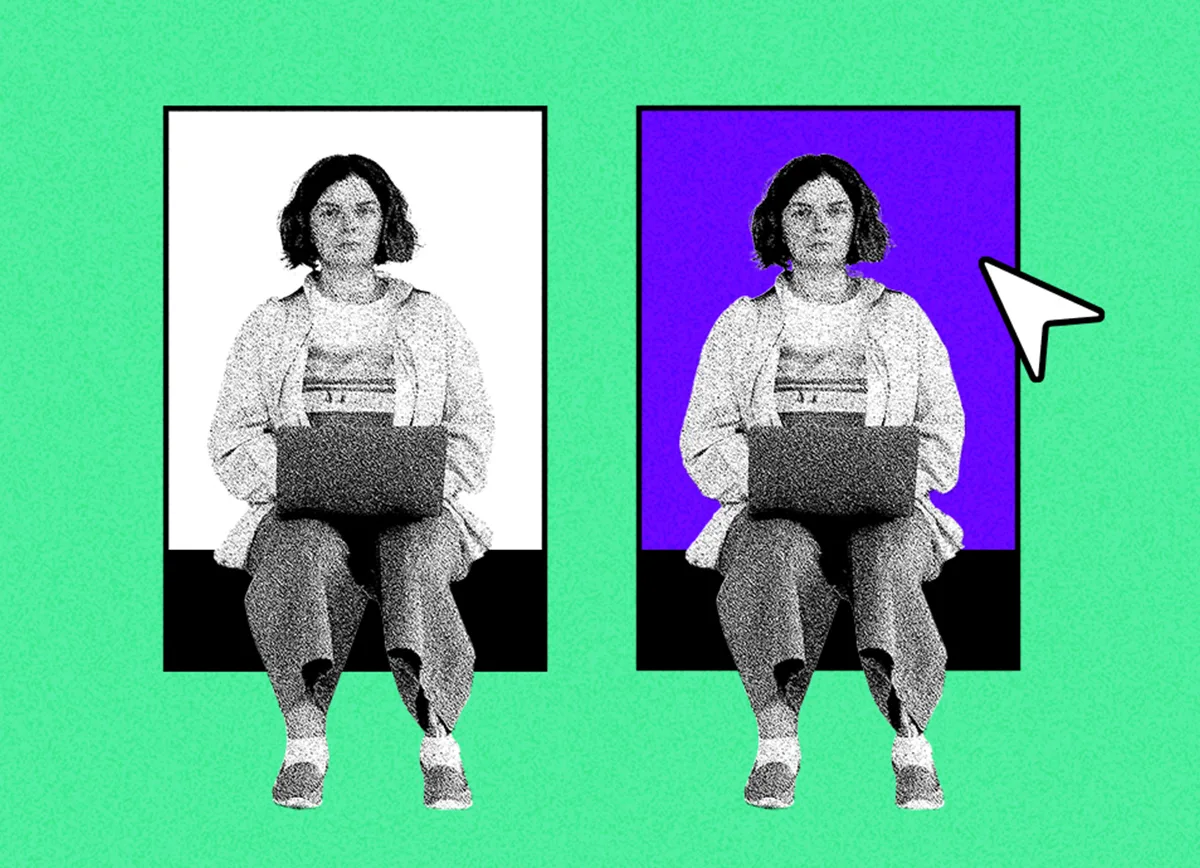Dear Amigos,
Everyone talks about licensing images, music and videos online. How easy it is to purchase them, or to generate a passive income from royalties? Are “free images” really free? There are plenty of unspoken rules around this complex legal ecosystem. Most importantly, there is an invisible, but present, moral compass around this topic. In this article, we will walk you through common terms in this field. Also we will explain the different types of image, video, and music licensing. All those Frequently Asked Questions (FAQs) will be answered. With hundreds of variables involved, navigating these legal concepts can be daunting. We will cover the essentials and explore the available alternatives.
Glossary: Common Terms You Need to Know
Understanding the terminology used in licensing agreements is crucial. Both creators and users of licensed content will benefit of this glossary. These fundamental definitions will help you navigate the licensing ecosystem.
- Copyright Ownership: The legal rights granted to the creator of an original work. It allows them to control how their work is used, distributed, and adapted.
- Copyright: A form of intellectual property protection. It grants creators exclusive rights over their original works. This rights allow them to reproduce, distribute, and display the work publicly. Copyright contemplates the creation of derivative works.
- License: A contract that allows to use a creative work. The license grants permission under specific terms and conditions.
- Royalty: Payments made to the owner of a copyrighted work for its use. This payment could be structured as a percentage of sales revenue or a fixed fee per unit.
- Intellectual Property (IP): Intangible and valuable creation of the human mind. These creations can be legally protected. Intellectual property may include inventions, artistic works, designs, brand names, software, etc.
- Domain: In licensing, this can refer to the scope of use (e.g., geographic or industry-specific) or the technical domain in software licensing.
- Creative Commons (CC) Licenses: Public copyright licenses that enable the free distribution of an otherwise copyrighted work under specific conditions.
- Public Domain: Works that are not protected by copyright and can be used freely without permission.
- Derivative Works: New works based on or derived from existing copyrighted works.
- Share-Alike (SA): Requires that any adaptations be shared under the same license terms.
- Non-Commercial (NC): Restricts use to non-commercial purposes.
- No Derivatives (ND): Prohibits modifications to the original work.
- Attribution (BY): Requires giving credit to the creator of the work.
- Exclusive Rights: Grant proprietary permission for a specific use, meaning the work cannot be licensed to others during the agreement period.
- Non-Exclusive Rights: Allow multiple clients to use the same content.
- Royalty-Free Licensing: Involves a one-time payment for the right to use content without ongoing royalties.
- Rights-Managed Licensing: Involves specific restrictions on use and often requires renegotiation for additional uses.
- Synchronization License (Sync License): Required for using music in audiovisual projects.
- Master Recording License: Necessary for using a specific recorded version of a song.
- Mechanical License: Needed for recording and distributing cover versions of songs.
- Public Performance License: Required for public performances of music.
Licensing 101

How to License Your Content
Licensing your content effectively requires careful planning and clear communication with potential licensees. You might be dealing with an specific client or with a major platform who does this everyday. In any case, by following these steps, you can ensure that your intellectual property is protected while generating revenue from its use. You may choose a Platform for licensing your content such as stock agencies like Shutterstock, iStock, or Adobe Stock for images, and platforms like Audiosocket for music.
Regardless you are doing this by your own or with a stock agency, remember to always set clear Terms: Define the type of license (e.g., royalty-free, rights-managed) and specify usage rights. Negotiating Directly might be a good choice if you are working directly with an creative agency, or with a publisher. Consider that direct licensing agreements with clients will give you more control over term, and might be more profitable on the long run.
For licensing an image/content you don’t need to legally register it. However, legal registration provides additional legal protections and can strengthen your position in negotiations or disputes.
What Types of Licenses Are There?
Licensing is a critical mechanism for managing intellectual property, allowing creators to control how their work is used, distributed, and modified. There are several types of licenses tailored to different needs and use cases. Here’s an overview:
- Creative Commons (CC) Licenses: Offer flexible use with conditions like attribution and share-alike requirements.
- Commercial Licenses: For commercial use, often requiring a fee.
- Royalty-Free (RF) Licenses: Allow unlimited use after a one-time payment.
- Rights-Managed (RM) Licenses: Specify exact usage terms and can be more expensive.
- Exclusive Rights: Grant proprietary permission for a specific use.
- Non-Exclusive Rights: Allow multiple clients to use the same content.
Can You Make a Living Creating Stock Content in 2025?

As everything in life, there isn’t a straight answer. With the right effort, everything is possible. Success depends on producing high-demand content and leveraging platforms effectively. The short answer is yes, but it depends on various factors such as the quality of your content, the platforms you use, and your ability to adapt to market trends. Can you live from royalties? While royalties can provide a steady income, living solely from them can be challenging. Success depends on the popularity of your work, the type of license, and the frequency of use.There are several factors that can impact your success in this line of work:
- Portfolio Size: The more assets you upload, the higher your chances of earning.
- Platform Choice: Platforms like Shutterstock and Adobe Stock offer competitive royalties but require consistent uploads to maximize income.
- Content Quality: Unique and high-demand visuals perform better. Consider creating niche content.
Challenges in 2025 for creatives working in the stock field:
- Market Saturation: The creator economy is booming, with over 200 million creators globally. This saturation makes it harder for individual stock creators to stand out.
- AI Competition: Generative AI tools are producing high-quality stock images and videos at scale, reducing demand for human-created content.
- Diversification is Key: Successful creators often rely on multiple revenue streams, such as brand partnerships, affiliate marketing, or selling exclusive rights alongside stock content licensing.
Average Earnings in 2025 for creatives working in the stock field:
- Average Earnings per Image: On average, stock photographers earn approximately $0.02 per image per month, with higher-end professionals earning between $0.05 and $0.25 per image per month.
- Average Annual Earnings: Assuming an average of $0.02 per image per month, a photographer with 1,000 images would earn about $24 per year per image, or $24,000 annually for the entire portfolio. However, this is a very rough estimate and actual earnings can be significantly higher or lower.
- Successful Contributors: Some successful contributors, like Kaspars Grinvalds, earn around $4,200 per month across multiple platforms, which translates to about $50,400 annually.
Frequently Asked Questions around Licensing (FAQs)

Licensing intellectual property, such as images, music, and videos, is a complex process filled with nuances and legal considerations. As creatives and businesses navigate this landscape, numerous questions arise about how to license content effectively, ensure fair compensation, and comply with copyright laws. Here are some frequently asked questions about licensing, designed to provide clarity and guidance for both creators and users of copyrighted material.
How Do You Know What Type of License Is Best for Your Project?
- Consider Usage: Determine if the content will be used commercially or non-commercially.
- Flexibility: Choose royalty-free for broad usage or rights-managed for specific control.
- Budget: Balance costs with the scope of use.
How to Know If You Need to Pay for an Image/Video/Song?
- Check Licensing Terms: Ensure you have the necessary permissions for use.
- Public Domain or Creative Commons: Use freely available content with proper attribution.
- Stock Agencies: Purchase licenses from platforms like Shutterstock or iStock.
How Can You Find Out If Someone Is Using Your Creations Without Consent?
- Monitoring Services: Use tools like Pixsy to track unauthorized use.
- Reverse Image Search: Utilize Google Images to find copies of your work online.
How Do I License My Creative Work?
- Platforms: Use stock agencies or negotiate direct agreements.
- Set Clear Terms: Define usage rights and royalty rates.
How Do I Ensure I Receive Fair Royalties?
- Clear Agreements: Specify royalty rates and payment terms in licensing contracts.
- Collective Management Agencies: Use organizations that manage royalties for music or other industries.
If You Drastically Modify an Image, Do You Still Need to Obtain Rights?
Modifying an image significantly does not necessarily exempt you from needing to obtain the rights to use it. Here’s why:
- Derivative Works: When you modify an image, you are creating a derivative work. Under copyright law, creating a derivative work without permission from the original copyright holder is generally considered infringement, unless the original work is in the public domain or you have a license that allows modifications.
- Fair Use Exceptions: In some jurisdictions, like the United States, fair use provisions may apply if the modification is for purposes such as criticism, commentary, news reporting, teaching, scholarship, or research. However, fair use is determined on a case-by-case basis and is not a reliable defense unless the use is transformative or serves a public interest.
- Substantial Transformation: The extent of modification required to avoid copyright infringement is not clearly defined. Even if an image is heavily modified, if the original work is still recognizable or if the modifications do not add significant new creative elements, it may still be considered a derivative work.
- Legal Precedents: Courts have ruled that merely altering an image does not automatically create a new copyright. The alterations must be original and creative enough to constitute a new work, which is rare in cases where the original image is still recognizable.
- Best Practices: To avoid potential legal issues, it’s advisable to either create original works, obtain a license to use the image, or use images that are freely available under permissive licenses like Creative Commons.
How AI Has Impacted the Market of Image Licensing

AI has revolutionized the image licensing market by enhancing efficiency and creating new opportunities for enforcement and monetization. However, it also poses significant challenges related to copyright infringement, liability, and ownership rights. As courts continue to clarify legal ambiguities and regulations evolve, stakeholders in the image licensing industry must adapt to this rapidly changing landscape to protect intellectual property while leveraging the benefits of AI technologies. AI has significantly impacted the licensing market by generating high-quality images, potentially displacing traditional licensing models and reducing demand for human-created content. This shift requires creatives to adapt and advocate for stronger copyright protections. Some of the biggest players in this scenario are luma.ai, midjourney, dall-e, among others. Roughly these are some of the most evidents pros and cons of AI in the Licensing market:
Possitive impact:
- Efficiency and Automation
- Enhanced Content Tracking and Enforcement
- Dynamic Pricing Models
- Content Usage Monitoring
- New Revenue Streams (Licensing deals with AI companies for training datasets)
Negative impact:
- Copyright Infringement Risks
- Liability Issues
- Legal Ambiguities
- Ownership Questions
- Market Saturation and Competition
- Ethical Concerns
Is “Free” stock content really free?

Free stock content refers to a photograph, illustration, song or graphic that can be used without requiring payment for licensing or royalties. However, the term “free” can encompass different levels of freedom depending on the licensing type. Free images can be a valuable resource for both personal and professional projects, but it’s essential to understand their licensing terms to avoid copyright infringement. Always verify whether an image is truly free for your intended use and check for any restrictions tied to its license. Here are the key aspects of free images:
Types of Free Stock Licenses
- Public Domain (Copyright-Free):
- Images in the public domain are not protected by copyright and can be used freely for any purpose, including commercial use, without restrictions.
- Examples include works with expired copyrights or those explicitly dedicated to the public domain by creators.
- Creative Commons Zero (CC0):
- This license releases the work into the public domain, allowing users to use, modify, and distribute the image without attribution or payment.
- This license releases the work into the public domain, allowing users to use, modify, and distribute the image without attribution or payment.
- Royalty-Free:
- While royalty-free images/content are not entirely free (often requiring a one-time payment), they allow unlimited use without recurring fees. These images are commonly found on stock platforms like Shutterstock and Adobe Stock.
Important Considerations
- Commercial vs. Editorial Use: Some free images may only be used for editorial purposes (e.g., news articles) and not for commercial activities like advertising.
- Legal Restrictions: Even free images may contain elements (e.g., identifiable people, trademarks, private property) that require additional permissions before use.
- Attribution Requirements: Certain licenses, such as Creative Commons Attribution (CC BY), require crediting the creator even if the image is free to use.
Free Image Resources
- Unsplash: Offers over 6 million high-resolution photos, all released under the Unsplash license, which allows free use for personal or commercial projects.
- Pixabay: Provides over 5.4 million free stock photos, illustrations, videos, and music, all under Creative Commons Zero (CC0) or Pixabay’s own license.
- Pexels: Features a vast collection of high-quality, CC0-licensed photos and videos.
- Kaboompics: Offers authentic and consistent free stock photos, ideal for commercial use.
- Freepik: While some resources require attribution, Freepik offers a wide range of free stock photos, vectors, and illustrations for personal and commercial projects.
- Stockvault: Known for its well-curated collection of free stock photos, wallpapers, and textures.
- Picjumbo: Run by a photographer, this site offers a big selection of beautiful free photos.
- Rawpixel: Claims to have the most diverse collection of stock photos, including vectors and public domain content.
- Reshot: A community-driven platform providing stunning free stock photos.
Free Video Resources
Free Music Resources
- Pixabay: Offers free music tracks under CC0.
- Free Music Archive: Features a wide range of free music under various Creative Commons licenses.
- Audio Library: Offers free music for YouTube videos and other projects.
Most Used Platforms for Licensing Images, Videos, and Music

Here’s a list of the most popular platforms for licensing creative content, including images, videos, and music. These platforms cater to various needs, from royalty-free assets to rights-managed licenses. They are widely used by creatives and businesses to license content legally for commercial or non-commercial purposes. Whether you need images, videos, or music, these platforms offer diverse options to suit your project needs while ensuring compliance with copyright laws.
Image Licensing Platforms
- Shutterstock: Offers over 100 million stock images, vectors, and illustrations with royalty-free licenses. Ideal for commercial use.
- Adobe Stock: Provides high-quality images starting at about $10 each. Integrates seamlessly with Adobe Creative Cloud.
- Getty Images: Known for its extensive library of over 80 million still images and illustrations. Offers both rights-managed and royalty-free options.
- iStock: A part of Getty Images, iStock specializes in affordable stock photography with flexible licensing options.
- Pexels: Free images licensed under Creative Commons Zero (CC0), allowing unrestricted use for commercial purposes.
- Pixabay: Features over 5 million royalty-free images and vectors, also under CC0 licensing.
- Unsplash: Provides high-quality free images for commercial use without attribution requirements under CC0.
Video Licensing Platforms
- Shutterstock: Includes a vast collection of royalty-free video clips suitable for advertising and media projects.
- Adobe Stock: Offers professional-grade video clips along with images, perfect for creative professionals.
- Pond5: Specializes in stock videos, music tracks, sound effects, and more with customizable licensing options.
- Envato Elements: Provides unlimited downloads of stock videos with a subscription model.
- Videvo: Offers free and premium stock video clips and motion graphics.
Music Licensing Platforms
- AudioJungle (Envato): Features a massive library of royalty-free music tracks suitable for commercial projects.
- Music Bed: Curated music tracks for films, advertisements, and other media projects with flexible licensing options.
- Audiosocket: Specializes in music licensing for various media projects, including films and commercials.
- Epidemic Sound: Subscription-based platform offering royalty-free music for creators and businesses.
- Artlist: Provides unlimited downloads of high-quality music tracks with a simple licensing model.
Amigos, this article is definitely just the tip of the iceberg. Navigating the world of licensing, royalties, and copyright can be complex, but this essential information will be help creatives protect and monetize their work effectively. By grasping the different types of licenses and ensuring fair compensation through royalties, artists can thrive in the digital landscape while maintaining control over their intellectual property. As AI continues to evolve, it will be crucial to adapt and advocate for stronger protections to ensure fair earnings for creators.
Bibliography
- Creative Commons Licenses. Creative Commons, https://creativecommons.org/licenses/
- 9 Top Stock Image Websites to Legally License Images for Your Next Press Release. Prunderground, https://www.prunderground.com/9-top-stock-image-websites-to-legally-license-images-for-your-next-press-release/0084072/
- Realistic Income From Stock Photography. Xpiks, https://xpiksapp.com/blog/realistic-income-from-stock-photography/#:~:text=Kaspars Grinvalds%2C who was interviewed,gets this day in age
- Licensing Vocabulary. Center for Research Libraries, https://liblicense.crl.edu/resources/licensing-vocabulary/
- What is Public Domain? Mount Saint Vincent University, https://libguides.msvu.ca/c.php?g=254665&p=1698417
- Platforms for Royalty Free Images for Commercial Use. Divi Extended, https://diviextended.com/platforms-for-royalty-free-imag
Yours truly,
Since you are really into creativity, you might be interested in these other articles and resources:
10 Professional Free Photo Libraries You Need To Know



